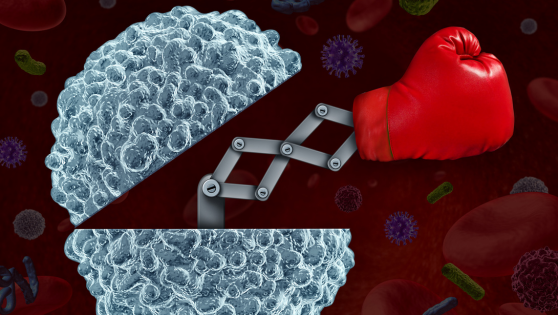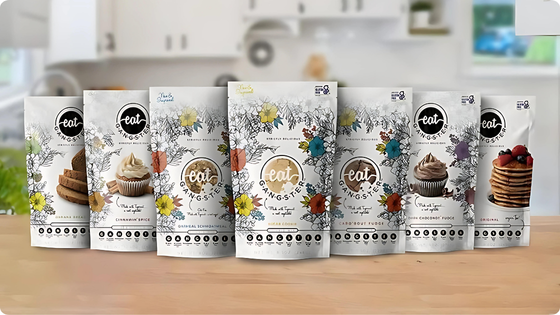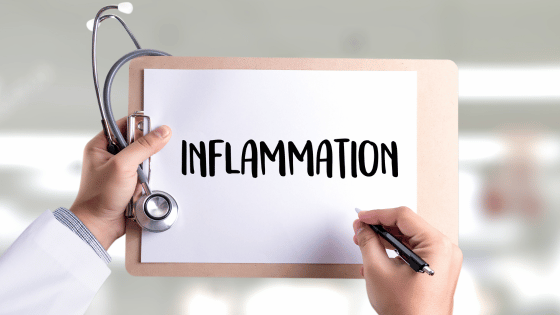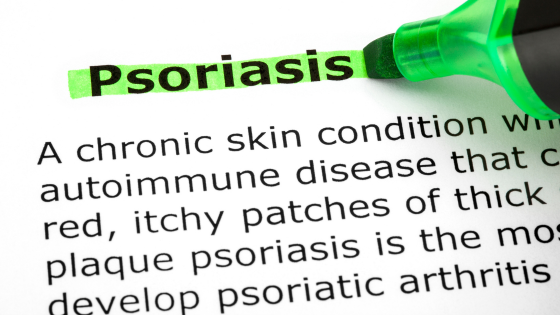What are Food Allergies?
The role of our immune system is to fight off any foreign pathogens that might pose a threat to our health, such as viruses, bacteria, or parasites. Antibodies, also called immunoglobulins (Ig), are part of our adaptive immune system. The immune system makes antibodies in response to antigens (toxins or other foreign substance that trigger an immune response), we have been exposed to. The body makes different immunoglobulins to fight different antigens. However, our immune system sometimes mistakes harmless substances, such as food, as dangerous, even if they aren’t. This results in an adverse immune response.
We have five different classes of immunoglobulins. Immunoglobulin E (IgE) antibodies are the class that causes allergic reactions. They react to antigens by mediating the release of histamine, which causes inflammation and increases blood flow to the area affected. Histamine’s priority is to get rid of the allergen as quickly as possible, so it will cause sneezing, coughing, sweating, itchy and inflamed skin, and all the other uncomfortable and even life-threatening symptoms of an allergic reaction.
The symptoms of food allergies can vary. Some of the common symptoms are nausea, coughing, trouble breathing, chest pain, itchy tongue or lips, vomiting, and stomach cramps. The most common food allergies are peanuts, tree nuts (which include almonds, walnuts, cashews, hazelnuts, and most other nuts), wheat, milk, soy, shellfish, fish, and eggs.
What is Food Sensitivity?
While food allergies are mediated by IgE antibodies, food sensitivities are mediated by a different class of antibodies known as IgG. These antibodies have a slightly different response to foreign substances and they do not mediate the release of histamine, meaning that you don’t get that immediate inflammation and increased blood flow that you do with an allergic reaction.
IgG-mediated immune responses are more delayed, which can make it very difficult to accurately pinpoint what foods you ate are causing your immune system to have this reaction. You can still be having a reaction to the foods that you have a sensitivity to three days after eating them. The symptoms are not as specific as the classic hives, shortness of breath, and sneezing or coughing that you get with an allergic reaction.
Food sensitivity can manifest as headaches, bloating, fatigue, brain fog, anxiety, constipation or diarrhea, and even changes in mood. Because food sensitivities result in delayed, but also longer-lasting immune responses, they can potentially cause some more severe damage to the digestive system if you aren’t aware of these sensitivities and continue to eat the foods that are setting off an immune reaction and inflammation. This constant inflammation in the intestinal lining can cause damage and can create intestinal permeability (also known as leaky gut syndrome).
If the lining of the intestinal wall is compromised, this can disrupt the balance between the good gut bacteria that keep us healthy and the bad bacteria that cause infections. An increased frequency of infections will create further inflammation, which only makes matters worse.
This chronic inflammation and damage to the gut microflora can lead to irritable bowel syndrome (IBS) and even autoimmune diseases of the intestines, such as ulcerative colitis. Thus, even though the symptoms of a food sensitivity might not feel as severe and damaging as those of a food allergy, over time, they can significantly disrupt the internal environment of the digestive system.
What Is a Food Intolerance?
Compared to the antibody-mediated immune responses caused by food sensitivities and food allergies, food intolerances do not involve the immune system. There is no inflammation or release of histamine, nor does the body think that these foods are dangerous substances that need to be eliminated. Rather, these foods cause problems for individuals who might not have the necessary enzymes that break down and absorb specific components of the food that they are intolerant to.
Food poisoning is also technically considered a food intolerance, although many scientists argue that it shouldn’t be because the toxin is not inherently a component of the food but is added to it unintentionally, due to either environmental or external factors. For example, mercury poisoning from tuna does not mean that the individual has an intolerance to tuna, but rather that the specific tuna they ate was living in mercury-contaminated waters.
Food intolerances usually cause symptoms that are characteristic of the specific food that there is an intolerance to. The most common food intolerances are lactose and gluten. Lactose intolerance is the most common and these individuals can’t consume any dairy made of cow’s milk because it contains the lactose sugar molecule. This includes milk, yogurt, and cheese. Goat’s milk also contains lactose, but slightly less of it, so if you are only mildly lactose intolerant, you could try a small amount of goat milk and see if it affects you.
Individuals who are lactose intolerant do not have the lactase enzyme that is able to break down lactose, so the sugar molecule ends up traveling down the intestines undigested until it reaches the bacteria in your large intestine which ferment lactose for their food. This fermentation creates a multitude of gastrointestinal symptoms that can range from uncomfortable to quite painful, depending on how lactose intolerant the individual is. Symptoms include bloating, gas, diarrhea, and cramps.
What is the Best Way to Test for Allergies, Sensitivities and Intolerances?
Severe food allergies might be a bit easier to pinpoint, but a more subtle food allergy, a food intolerance, or the delayed IgG-mediated response that you get with a food sensitivity can make it almost impossible to know for sure which food is causing your symptoms.
An elimination diet is a very effective approach that allows you to find out exactly which foods you have allergies, sensitivities, and/or intolerances to through the process of the elimination and reintroduction of certain “suspicious” pro-inflammatory foods. The idea is to give your body a few weeks to heal from the constant inflammatory response that some of these foods might be triggering in your digestive system.
If you are looking for more tips and support, join me over on my group page, The Village – A Natural HEALing Community, to get tons of information and tips to help you take your HEALTHY EATING and ACTIVE LIVING to the next level.
REFERENCES:
MORE RELATED POSTS:








+leave a comment . . .